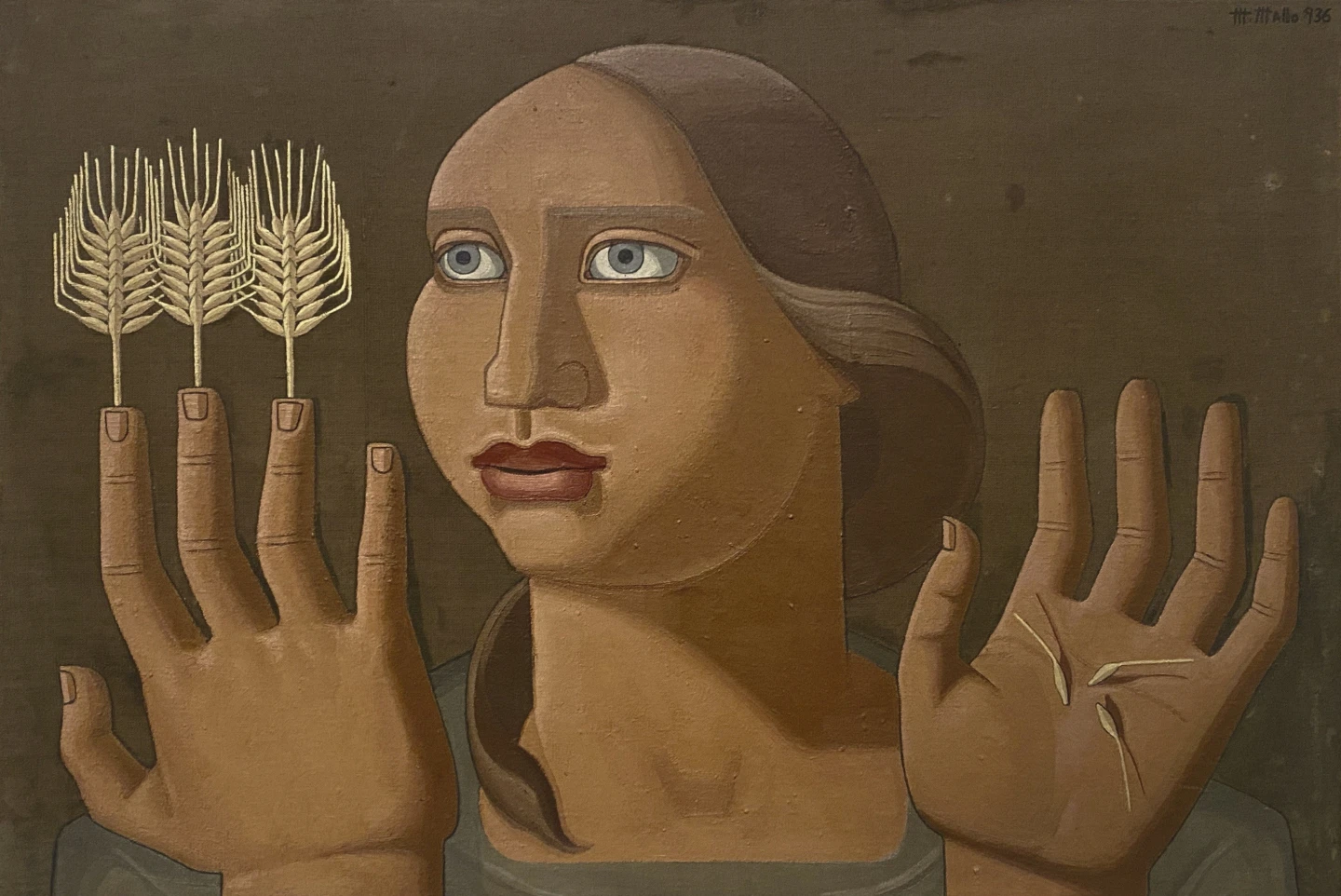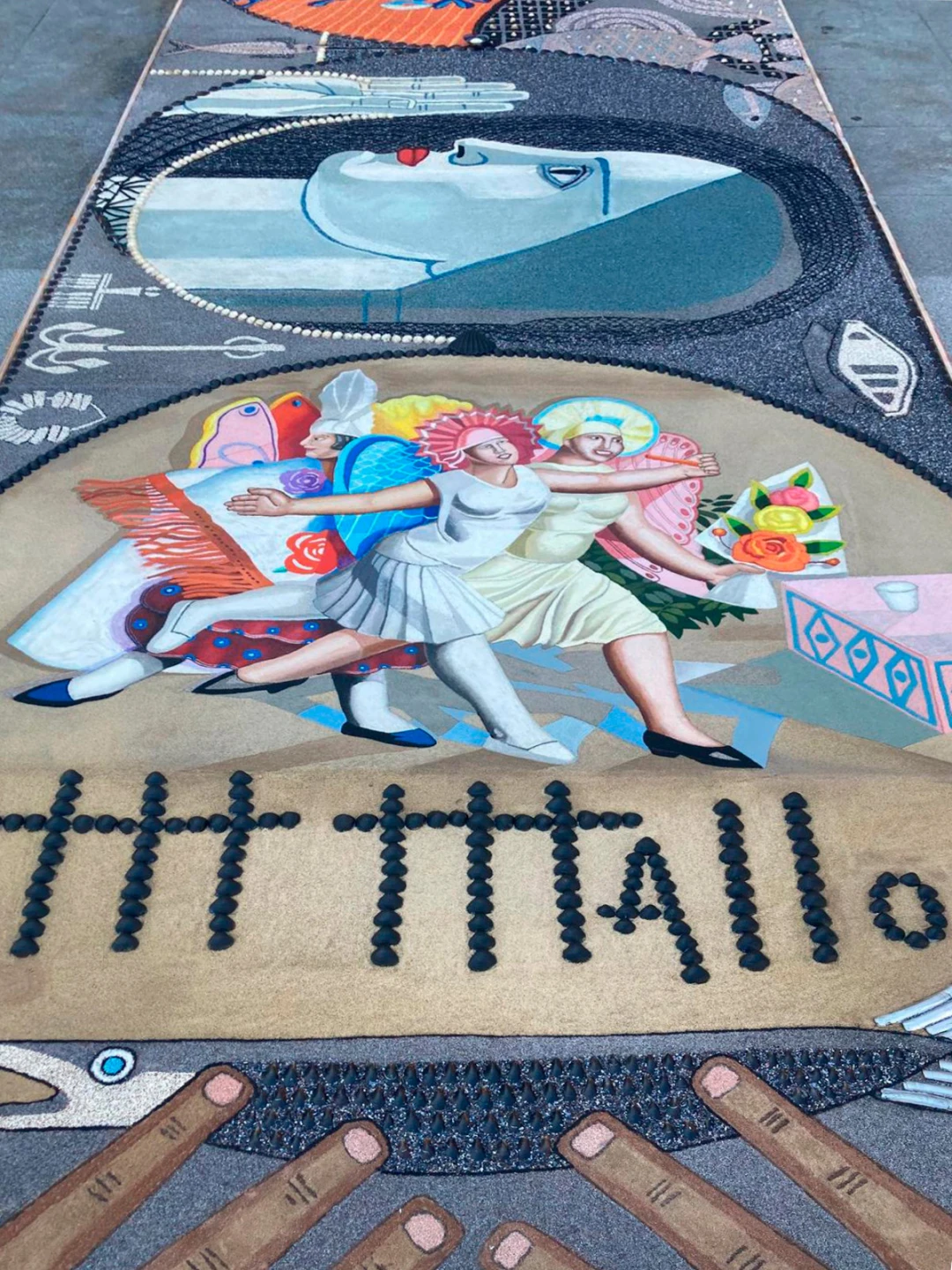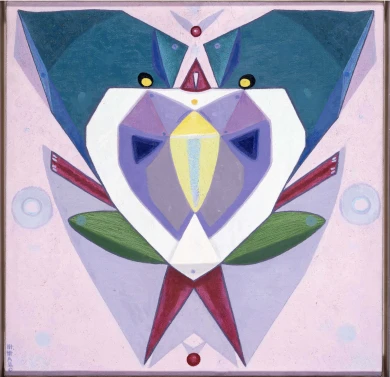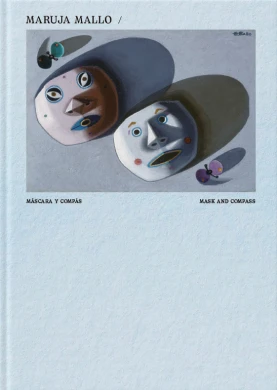
Maruja Mallo, Sorpresa del trigo (Wheat Surprise), 1936, Private collection
© Maruja Mallo, VEGAP, Madrid, 2025
Maruja Mallo (Ana María Gómez González, Viveiro, 1902 - Madrid, 1995) was one of the great Spanish artists of the 20th-century and a leading figure among the 'Generation of 27', which included Rafael Alberti, Salvador Dalí, Federico García Lorca, María Zambrano, Luis Buñuel and Rosa Chacel. Mallo is, furthermore, the most important representative of a group of artists who, collectively and for the first time, projected a worldview that was not only new for being female, but for coming from the perspective of the modern, active, free and professional woman. Mallo was a visionary artist who managed to reflect the concerns of her time while also anticipating many of our current preoccupations. The universality of human aspirations that transcend economic, racial or gender differences; the world as an interrelated ecological system; the power of art to reveal hitherto unobserved aspects of reality: these were all fundamental features of her work.
Mallo's personal and heterogeneous artistic production blurs the boundaries between the popular and the avant-garde, between aesthetics and politics. She did not take popular to mean rural nostalgia or a localised view, but rather a terrain for reconciliation and hybridisation, contemporary and urban. During her exile in Argentina, as a consequence of the Spanish Civil War, Mallo's work conveyed her fascination with the beauty and diversity of her new surrounds. The human figure, with monumentalised faces, and masks or shadows serving as alter egos, became the chief protagonist in her pieces. This work is characterised by an ambiguous tension between the animate and the inanimate, a tension that would assume more sombre dimensions as living in exile began to weigh heavily on her.
This retrospective exhibition is organised chronologically, taking as its main reference point her series of paintings. These works, alongside her drawings and personal archive, map out her career trajectory: from the magical realism and surrealist compositions of her early works through to the geometric and fantastical configurations of her later period. The settings move from the working-class neighbourhoods of Madrid to the city outskirts, probing humankind's relationship with nature and elevating this relationship to a higher dimension, one where science, art and mythology come together. Moving from geography to cosmography, as she herself put it.
Her artistic voice comes through in her writings and studies, preserved in the archive. These elements allowed Mallo to control the dissemination of her work, which she considered to be inextricably linked to her life. Many of her portraits can therefore be viewed as performative self-portraits, an aspect this exhibition highlights and that could be related to her interest in theatre. This was an interest she was unable to fully develop despite her best efforts, evidenced here by the reproduction of a model made for an opera-ballet that was never performed due to the outbreak of the Civil War.
EPHEMERAL RUG
Cunchas e compás (Shells and Compass)
In homage to the Galician painter, the ephemeral rug entitled Cunchas e compás (Shells and Compass) was presented in conjunction with the opening of the exhibition at the main entrance to the Sabatini Building.
Made by the Asociación Cunchas e Flores de Bueu, with the support of the Xunta de Galicia (Regional Government of Galicia), the rug was conceived as a recollection of the summer Maruja Mallo spent in Bueu in 1936, a brief yet fertile period in which she encountered intellectuals and artists like José Suárez, Federico Rivas, Rómulo Gallegos, Johan Carballeira and Carlos Velo, and when she made Cuaderno de Galicia (Notebook of Galicia), a piece which would impact the work she subsequently produced.
The almost kaleidoscopic Cunchas e compás reflects the different elements from Mallo’s oeuvre and is made with materials that hail predominantly from the sea — and are treated, sifted and dyed — as well as dried and ground plant matter. A choice of medium that connects elements running through the artist’s work, such as shells, conches and sea and land matter, with Bueu’s rich maritime heritage and tradition, bringing together art and popular culture.
Maruja Mallo
Mask and Compass
Artists
Curated by
Patricia Molins
Organised by
Museo Reina Sofía y Fundación Botín
Public programme in collaboration with
Bimba y LolaAdditional material
Image gallery



